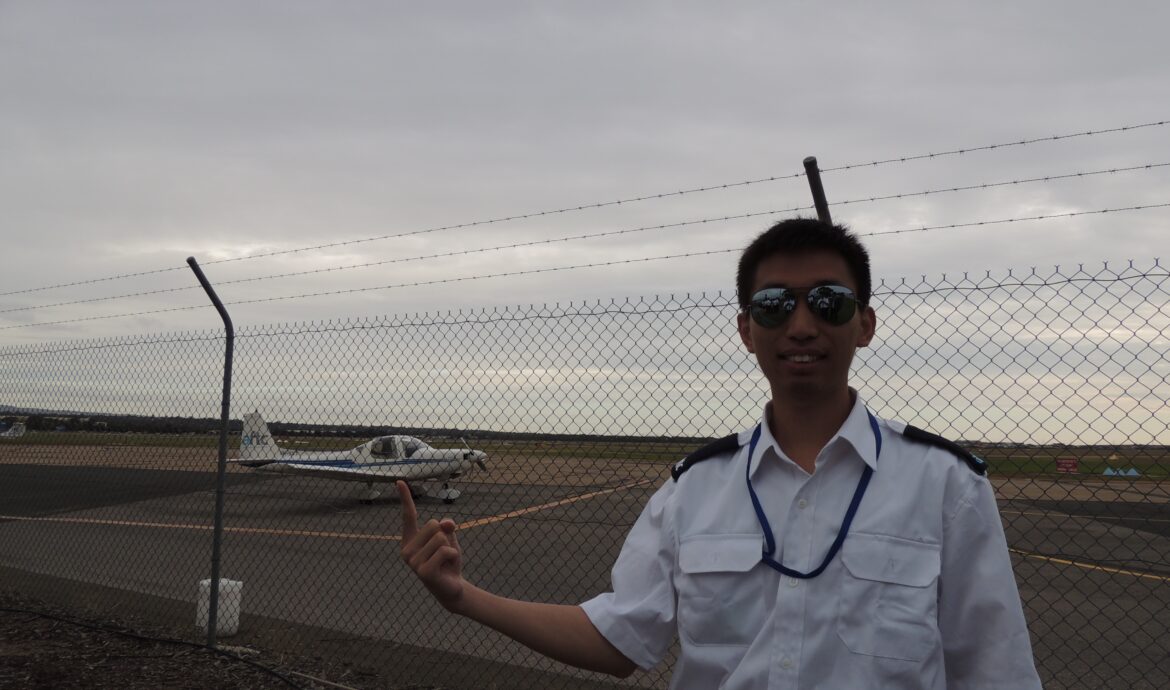CAD 54 syllabus v.s EASA syllabus
If you have read the CAD 54 and EASA website, you will find that there are slightly different between HK CAD syllabus and EASA (European Union Aviation Safety Agency) syllabus. For more as well as the most updated information, we can obtain from their official website. Below are my summary: HK CAD – ref CAD54
Otto cycle vs Brayton cycle – PV diagram
Ref: https://chem.libretexts.org/Bookshelves/Physical_and_Theoretical_Chemistry_Textbook_Maps/Supplemental_Modules_(Physical_and_Theoretical_Chemistry)/Thermodynamics/Thermodynamic_Cycles/Brayton_Cycle https://www.nuclear-power.com/nuclear-engineering/thermodynamics/thermodynamic-cycles/brayton-cycle-gas-turbine-engine/theory-of-brayton-cycle-brayton-engine/ https://www.mas.bg.ac.rs/_media/istrazivanje/fme/vol39/3/01_jdoric.pdf Idea gas formula: PV= nRT The typical four-stroke cycle (otto cycle) is described as a constant volume heat addition cycle. The combustion is so rapid that the piston does not move during the combustion process, and thus combustion is assumed to take place at constant volume The Brayton process is the
Wheel and Carcass
Vocab: Parts of wheel Rim flange barrel center disc spoke lug hole center hole Description of carcass sidewall tread Flat tire bulges on tire cut or scores on tire under inflated , properly inflated , over inflated creep detected on tire – when the creep marks are not aligned
What’s glide ratio?
Ref FTA material, Skybrary https://skybrary.aero/articles/glide-performance#:~:text=Description,altitude%20lost%20in%20that%20distance. The glide ratio for the DA40 is approximately 10:1 What’s glide ratio? The Glide ratio of an aircraft is the distance of forward travel divided by the altitude lost in that distance. (It is talking about same unit~) Below is another example: For every 1.45 NM (2.68km
Hot topic : Turbofan Engine
How does a turbofan engine work? https://aeroreport.de/en/video/wie-funktioniert-ein-turbofan-triebwerk Air is ingested, compressed, combusted and then expelled. The GE90-115B on B777-300ER Gearbox Turbofan Engine ? https://aeroreport.de/en/good-to-know/wie-funktioniert-ein-turbofan-triebwerk-aufbau-eines-triebwerk In conventional engines, the low-pressure turbine and the fan sit on one shaft, but here the gearbox decouples the two components. This lets the components run at their optimum
The properties of air
Ref Ref FAA-H-8083-25C version 2023 Air is fluid To describe the properties of air, we need to know various key terminology at the beginning Viscosity Friction Pressure Density Temperature Viscosity “friction” of fluid is used to describe the resistance of flowing high viscosity means “thick” and resist flowing low viscosity means “thin” and flow
一次搞清楚Ceiling
Ref FAA-H-8083-25C version 2023 5-24, 7-12, 11-8,12-17 Ceiling related to metrology? Ceiling is the lowest layer of clouds reported as being broken (5/8) or overcast (8/8) OR the vertical visibility into an obscuration like fog or haze Ceiling related aircraft performance? absolute ceiling : the altitude at which the aircraft has no excess
When the air is stable?
Ref: https://skybrary.aero/articles/lapse-rate 到底咩情況下parcel of air 叫stable? To answer this question, we need understand few concept: 咩係Lapse rate 咩係環境上面既Lapse rate 咩係pacel of air 既Lapse rate Lapse Rate is the rate at which temperature changes with height in the Atmosphere. In my language, how many degree Celsius drop when vertical distance increase for a fixed number.
Airport code and Aircraft Registration
What is the difference between ICAO airport code and IATA airport code? For example, Hong Kong IATA: HKG ICAO: VHHH Ans ref: POE ICAO codes are used for aviation-related operational and safety purposes, while IATA codes are mainly used for commercial and airline-related activities. ICAO codes are four-letter alphanumeric codes; IATA codes are three-letter
What’s Monsoon Wind ; Why Monsoon blow from north east in winter and southwest in summer?
Ref: https://www.hko.gov.hk/en/publica/gen_pub/files/sms_Urdu.pdf https://www.hko.gov.hk/en/education/weather/meteorology-basics/00010-geostrophic-wind.html https://www.hko.gov.hk/en/education/weather/monsoons/00068-why-the-winter-monsoon-in-hong-kong-is-generally-called-the-northeast-monsoon.html 所謂季候風就係會隨著季節改變既風, 但光是研究呢個季候風既風向都搞左我粒幾鐘, 因為背後講緊既CONCEPT 有好幾個: 咩叫High pressure system, 咩叫Low pressure system 咩係風 咩叫Coriolis effect (科里奧利力/科科氏力) 咩叫Geostrophic Wind (地轉風) 想簡單D咁理解就要背少少野 (明白少少基本CONCEPT) High, Low pressure system 是相對 (relative) : compare one air mass with another one 仲要記得通常凍就係有高壓區, 熱就係有低壓區~ 風就是due to two air mass has pressure difference and so the pressure gradient as
Pilot sharing : Decision making
This evening, I deeply thanks that a pilot shared with us by using scenario and group work. Let me briefly type what I have learnt this evening ~ CLEAR model Clarify the issue or question – ident problem Look for options Evaluate the options – factors including safety, legality, pax comfort, OTP and Cost. Action

2024-2025 I will, I am going to achieve it!
齊腳, Fly beyond! 2024-2025 I will, I am going to achieve it! 2024-2025 We will, We are going to achieve it!
ETOPS ? EDTO?
https://www.flightglobal.com/cathay-etops-okay/10579.article The timestamp of this article disclosed that CX A330 has already obtained ETOPS 120 in 1996. https://simpleflying.com/etops-banned-areas/ This article gave us some background information about ETOPS, and told us one of the reasons why B747 was popular in 1980s: Before 1985, all twin aircraft had to remain within 60 minutes of a suitable diversion airport. This
